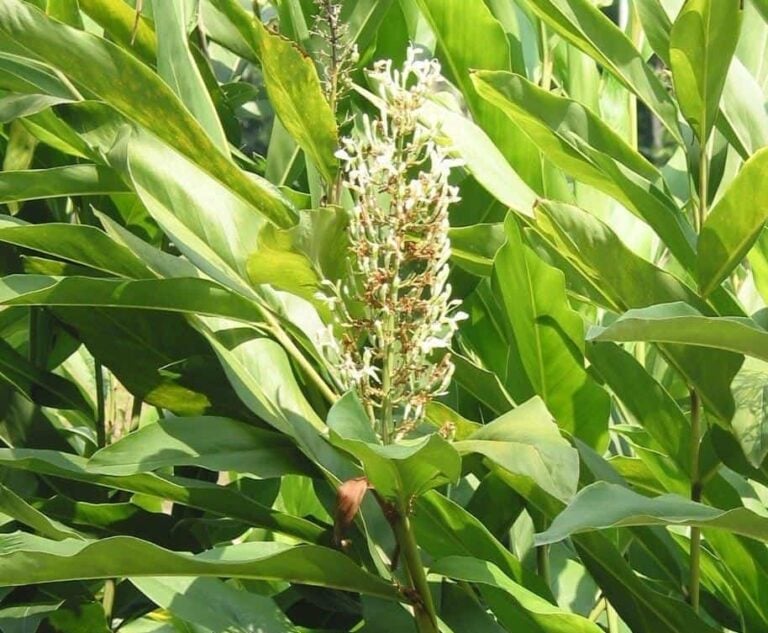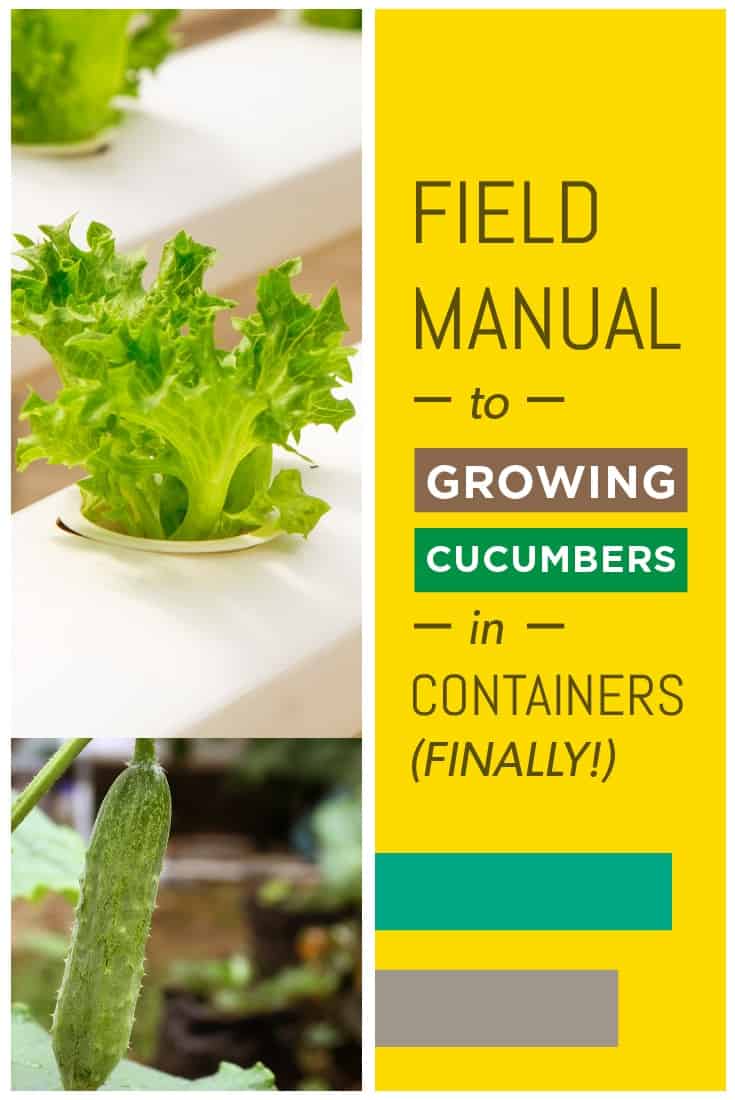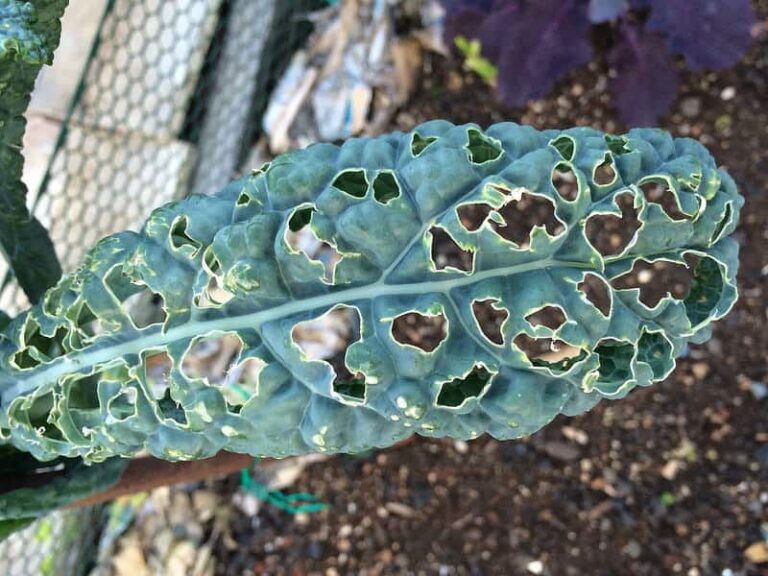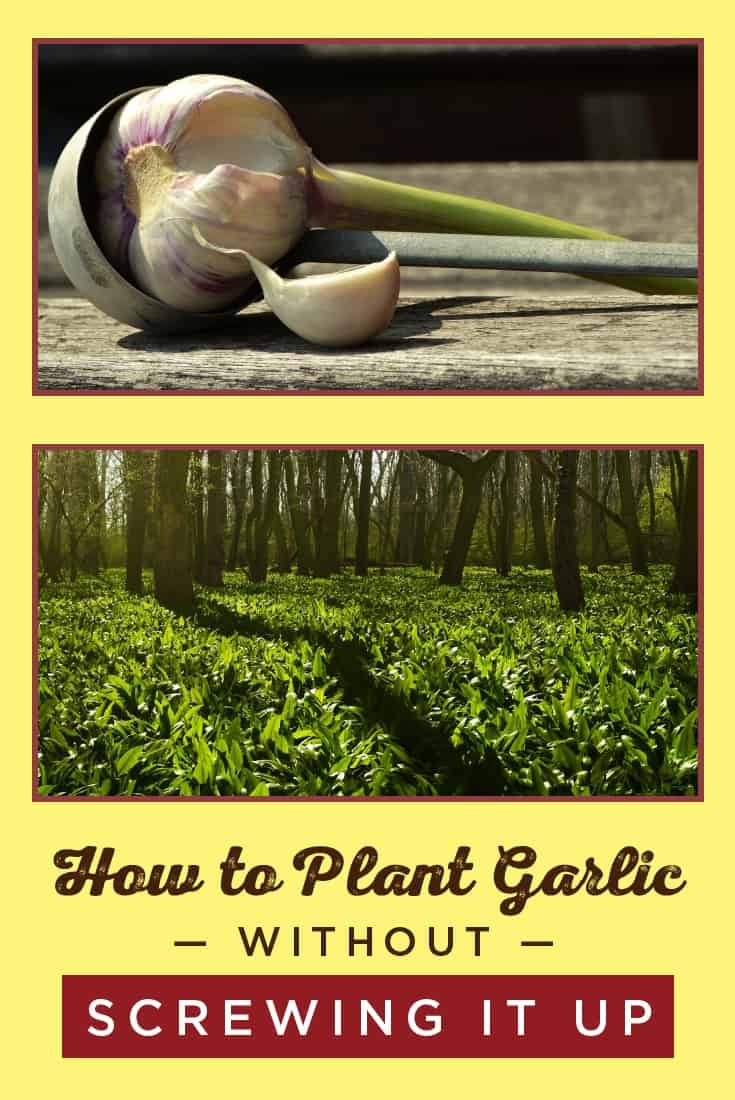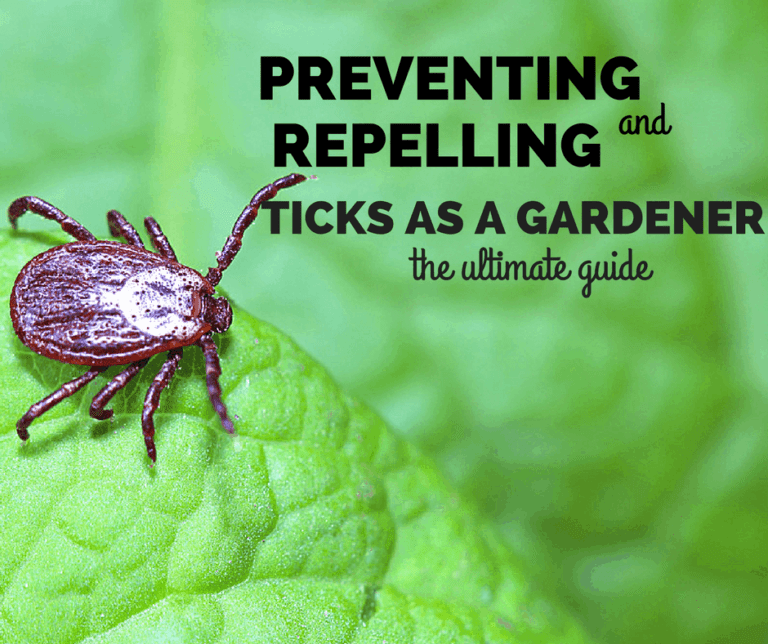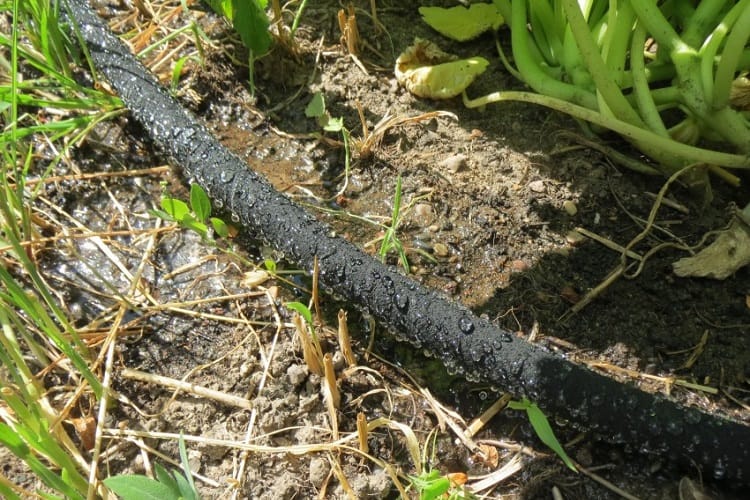Our Quick Guide to the Best Fertilizer for Asparagus
The fertilizer we most recommend for asparagus is Osmocote Flower and Vegetable Smart-Release Plant Food . Asparagus need plenty of nutrition to grow healthily, and there are a few steps you need to take before you get to harvest. And one of the most important components is making sure you have a good fertilizer. Read on to see a few more good fertilizer options and get some good advice on fertilizing your asparagus plants.
Our Picks for Best Fertilizer for Asparagus
- Homesteader Hobbies Organic Asparagus Fertilizer
- Osmocote Flower and Vegetable Smart-Release Plant Food
- GSO Island Magic Blend & Tea
The Art of Growing Asparagus
Unlike a lot of veggies that require annual rituals like crop rotation, asparagus can produce succulent spears from the same spot year after year. The reason for this is because asparagus, unlike other vegetables, are perennials that can thrive without being disturbed for a long time – up to 20 years if not more.

This doesn’t mean that you can start chomping on them the first time spears start shooting up from the soil. Ideally, you need to wait a couple of seasons before you can start reaping their edible rewards.
This may seem to be a touch counter-intuitive, but it actually serves to help strengthen your crop in future seasons. Fully grown asparagus spears will unfurl, and this act will allow the plant to capture a greater level of sunlight. This extra sun will funnel downward to the roots, where it can provide extra strength for better growth.
Steps to a Healthy Crop
The healthier the plant, the more successful the crop. That seems like a no-brainer, but it must be mentioned because there are a few steps that need to occur to ensure this level of health. Some of them are easy, while others require a little elbow grease.
Firstly, it’s important that you give your asparagus a proper depth when they’re first planted. You’ll want to make sure the plant reaches a depth of about 6-1/2 inches. If you’re planting in a raised bed, make sure you allow enough room on the bottom for their roots to grow.
Soil in another huge element to growing good asparagus. Ideally, you’ll want to plant the veggie in well-draining soil that’s rich in organic matter and low in acidity. Because this formula is rather critical to the overall health of your asparagus, it’s wise to conduct a soil test to make sure it has the proper pH level for your spears to thrive.
The Importance of Fertilizer
If you find your soil to be lacking in nutrients after a soil test – or if you just want to give your asparagus the added “oomph” it may need to take it to the next level – then a good fertilizer is essential. Yet there are a few things you should be cognizant of before you run out and pick up a bag.
First off, it’s important to realize that no two fertilizers are alike, and this differentiation goes well beyond the realm of brand names. Different fertilizers will have different nutrient compositions that you need to pay attention to. Failure to do so may actually cause more harm than good to your crop.
Every bag of fertilizer will have a trio of numbers on them. These digits, which are usually separated by dashes, represent the percentage of nitrogen, phosphate, and potassium contained within the bag. These percentages, when used along with the data mined from a proper soil test, can paint a precise picture of what your asparagus needs.
More than likely, you’re going to want a fertilizer that’s has higher levels of phosphate and potassium levels. Typically, the last two numbers in the coded trio you can spot on a bag represent these two nutrients. If they’re higher than the first number (nitrogen), then you’re in good shape.
One thing to note if you’re not used to using fertilizer: it’s not just refined manure. That infamous substance can be part of your fertilizer mix – even if It’s in the form of guano – but it’s accompanied by other things that you may find just a touch icky. Bone meal, blood meal, and earthworm casings can all be excellent components of a proper bag of fertilizer.
A Quick Video Overview of Fertilizing Asparagus
It may look like there are a lot of painstaking effort that goes into using fertilizer in your garden. However, this video does a pretty good job of demonstrating that, while there is some work that’s required, it’s nothing that you shouldn’t be able to handle.
Our Recommendation: Osmocote Flower and Vegetable Smart-Release Plant Food
There are numerous ways that fertilizer can help enrich your soil, so that it can provide the greatest amount of nutrients that it can. We recommend the Osmocote Flower and Vegetable Smart-Release Plant Food because it highlights one of the coolest methods of fertilization you can use – time release fertilization.
Because it’s important to reapply fertilizer to your crop a couple of times a year, it’s important that you make sure the level of nutrients are absorbed by the soil on a consistent basis. What makes a time-release fertilizer so great is that it releases its nutrients at a steady, formulaic place over a given period of time, provided that you water the crop regularly.
While this method isn’t necessarily as organic of a process as you can utilize, it does provide you with a modicum of consistent control that may not be as readily present in other methods. If you’re just starting out as a gardener, this extra measure could instill a little more confidence in your developing skill set.
And at the end of the day, confidence is one of the most important things you can cultivate as you garden. If you’re not constantly worried about ruining your crops, the chances of said crops coming out perfectly will be vastly improved. This applies to asparagus, and it also applies to any other veggie or plant that you try to grow.

